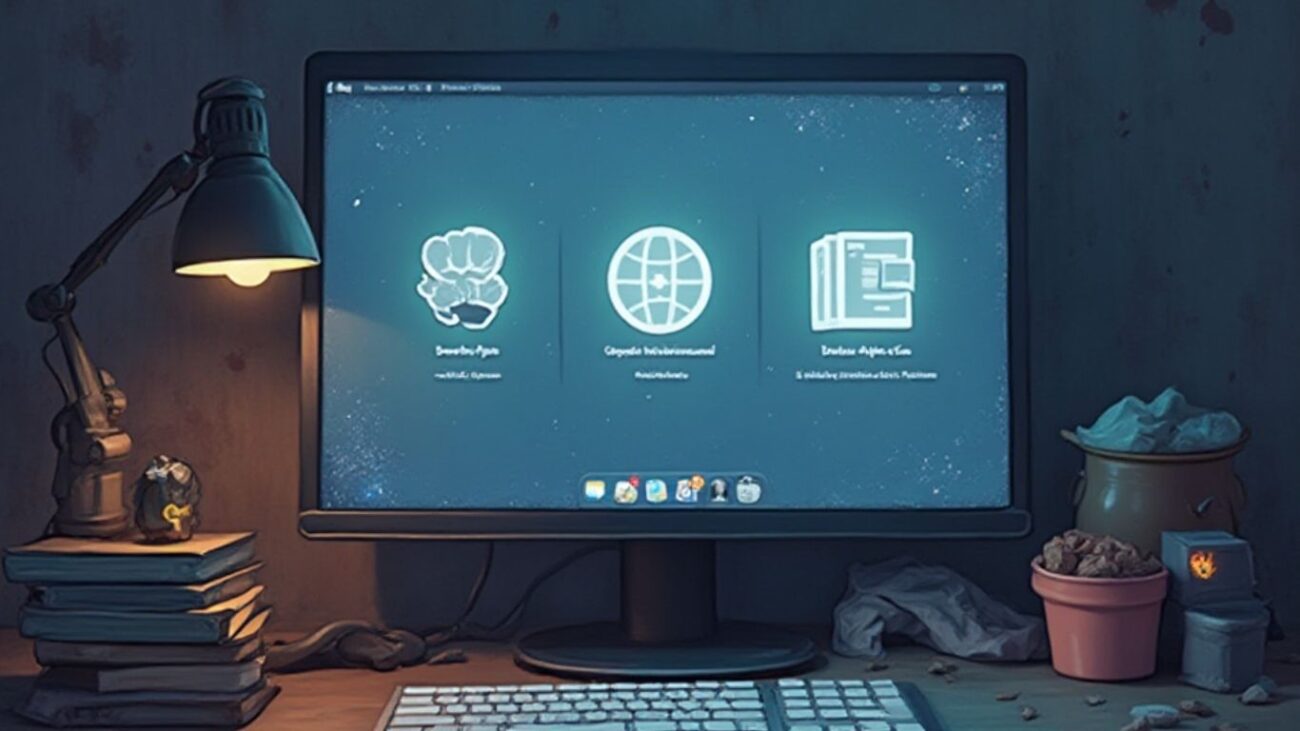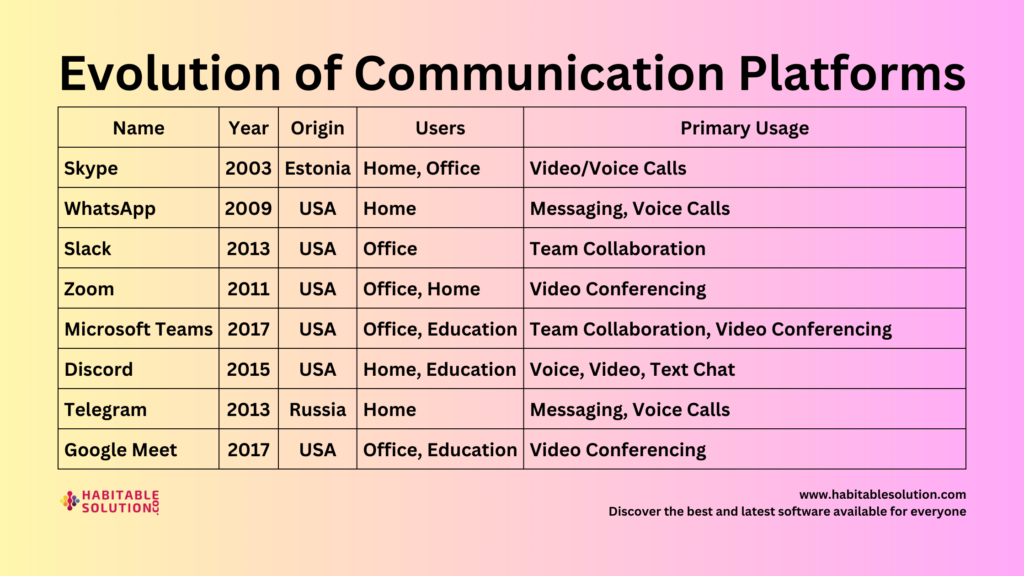
The first time I realised something was wrong with my learning strategy I was hunched over a borrowed ThinkPad at 4:07 a.m., eyes burning, voice hoarse from repeating commands I had memorised but not internalised. A Capture‑the‑Flag qualifier had just served up a fairly benign buffer‑overflow binary. I knew the theory: overwrite EIP, pop a shell. I had watched LiveOverflow do it half a dozen times—paused, rewound, even wrote timestamps in a notebook. Yet when my own debugger hit that vulnerable strcpy, I froze. My fingers waited for a tutorial narrator who never arrived. Somewhere in Munich a YouTuber slept soundly while I stared at a register I didn’t understand, wondering how hundreds of view‑hours could leave me so empty‑handed.
That moment—which I now call the Tutorial Coma Epiphany—sent me searching for the cognitive potholes that turn ambitious learners into perpetual spectators. I found allies quickly. A viral talk titled “Why I Don’t Watch Hacking Tutorials Anymore” had just detonated across InfoSec Twitter, its speaker confessing that in 2023 he consumed 217 hacking videos yet solved only five CTF flags. The talk felt uncomfortably autobiographical. Over coffee I replayed the transcript, pausing to annotate every pain point that mirrored my own derailments. What emerged was a pattern of habits that felt productive but quietly sabotaged mastery.
The Illusion Factory

Tutorials are not evil. They compress hard‑won knowledge into digestible clips and make arcane topics less terrifying. The danger lies in their effortless fluency. Educational psychologists label it the fluency illusion: when information is presented clearly, the brain overestimates retention. Watching IP addresses scroll while someone else types is cognitively cheap; you feel the rhythm of success without bearing its weight. Neural pathways for problem‑solving never fire because the video author is shouldering the micro‑decisions.
I tracked my own behaviour after the epiphany. On nights when I consumed three or more tutorial videos I wrote almost no code. I tweeted clever quotes, bookmarked repos, even drafted “next steps” in Notion, but when a real binary dropped in my inbox I defaulted to YouTube’s search bar instead of objdump –d. My dopamine system had associated learning with the appearance of progress—colourful thumbnails, algorithmic recommendations, peers retweeting success—rather than the messy grind of trial and error.
Copy‑Paste Purgatory

If fluency illusion is the mind’s candy, copy‑paste habit is its caffeine—an instant jolt followed by a crash. The talk’s speaker recounts burning three hours debugging an exploit written for Ubuntu 18.04 while his lab machine ran Kali Rolling. I have my own scar: a Kubernetes pentest where I cloned an RBAC‑bypass script, changed one callback URL, and broke cluster auth for half the staging environment. I knew neither why it worked nor why it failed. I was executing incantations, not wielding knowledge.
The cure, brutal in its simplicity, was to rewrite every borrowed script by hand. No exceptions. Type the imports, comment each function, intentionally delete a bracket and watch the stack trace. The first evening I tried this discipline I felt slower than a freshman programming student; by the third script I could translate exploit logic into pseudocode faster than I’d ever copied it. Rubber‑ducking each line forced me to own the code paths instead of renting them.
Algorithmic Sirens

YouTube’s recommendation engine worships watch‑time. Finish a SQL injection tutorial, it queues Blind XXE, Advanced Padding‑Oracle, then “Hacking North Korean Satellites With PowerShell.” At midnight, curiosity clicks “Play”; motivation checks out. The speaker calls this cycle doom‑scrolling for hackers. Breadth expands, depth evaporates. I countered the sirens with what I named the Fixed Ten Playlist: ten canonical videos—no more, no less—covering five core domains: networking, web, binary, cloud, blue‑team detection. When the tenth finished, the algorithm begged for attention, but I slammed the tab shut and booted a vulnerable VM. Without the autoplay drip my mind craved action rather than another sugar hit.
Facing Production Reality

Tutorial sandboxes are staged musicals; every cue lands on beat. Real pentests feel more like jazz: proxies reshape payloads, log scrapers mangle encoding, and undocumented middleware rewrites headers you banked on. My first corporate engagement proved this harshly. Armed with a pristine LDAP injection chain from a popular course, I targeted the login page, only to discover the client used a non‑standard base‑DN. The exploit fizzled. Panic rose until a senior consultant asked a question no tutorial had prepped me for: “Did you query the directory schema first?” I hadn’t. Ten minutes with ldapsearch revealed the correct DN, and the exploit fired. The lesson was clear: tutorials showcase happy paths; expertise begins where the video fades to black.
I adopted a three‑environment rule: every new technique must succeed in (1) a local VM, (2) a cloud instance, and (3) a live CTF box. Each environment breaks something unique—dependency versions, network latency, unexpected WAF headers. The failures became a map of blind spots I would never see in a YouTube demo.
Designing a Personal Syllabus

Out of these insights I forged the Watch‑One, Do‑Ten rule. One carefully chosen video introduces a concept; ten hands‑on reps make it muscle memory. For buffer overflows that meant LiveOverflow’s eight‑minute primer followed by ten pwnables on Pwn‑College. For Burp Suite it meant PortSwigger’s login‑CSRF demo followed by ten web challenges on HackTheBox. Each rep produced notes in Obsidian: screenshots, commands, a “what surprised me” bullet. Within weeks my notes outgrew my playlist, and I felt a tectonic shift: curiosity pointed inward to my lab, not outward to autoplay.
From Tool Tourist to Toolsmith

Passive learning’s final trap is tool tourism—installing every shiny GitHub repo, then jumping ship when the next one trends on Hacker News. I was a frequent tourist, changing scanners more often than I updated apt. Inspired by the talk, I imposed a moratorium: I could not install a new tool until I had written a tiny one that solved a pain the old tools ignored. My first creation, a 70‑line Python script converting Nmap XML to CSV, seemed trivial. But by coding it I learned XPath parsing, risk scoring, and CSV injection pitfalls. The next time someone at work asked for a quick port inventory, I had a drop‑in solution and a story that proved deeper understanding than any tutorial clone.
Community as Antidote

Tutorials are asymmetrical; the author speaks, you listen. Community is a conversation. When I joined my local OWASP chapter, my learning curve spiked. I gave a five‑minute lightning talk on the Nmap‑to‑CSV script; the Q&A exposed two edge cases I hadn’t considered. Likewise, pairing on a HackTheBox challenge forced articulation of half‑formed ideas, solidifying them. The speaker emphasised this feedback loop: peers correct misconceptions faster than silent videos ever will.
Cognitive Science Meets CTFs

Modern pedagogy champions desirable difficulty—tasks hard enough to strain recall but solvable with effort. Spaced repetition ensures those struggles crystallise into long‑term memory. I built an Anki deck of system calls and common CWE patterns. After each lab I added flash‑cards from my mistake log. Reviewing them weekly felt pedestrian compared to flashy video thumbnails, yet six months later I could write a return‑to‑libc payload from muscle memory.
Transformation—A Case in Data

Numbers cement narrative. After adopting Watch‑One, Do‑Ten and toolsmithing:
- CTF ranking jumped from bottom 25 % to top 10 % in my regional league.
- Bug‑bounty earnings hit $6,500 across three RCE submissions, each rooted in techniques practised, not watched.
- Job outcome: I landed a junior red‑team position where the hiring manager cited my GitHub repo, not my video playlist.
Tutorial consumption time plummeted from twenty hours a week to five; lab hours doubled. Skill graphs followed suit.
A Minimalist Stack

My entire curriculum now fits in a paragraph:
- Theory videos: LiveOverflow for binaries, WebSecurity Academy for HTTP nuance.
- Hands‑on: pwn.college, HackTheBox, and a personal Kubernetes cluster.
- Community: DEF CON groups, r/netsec Discord, fortnightly pair sessions.
- Flash‑cards: Anki deck of syscalls, CVE trivia, and Yara rules.
- Toolsmith projects: Anything that saves five minutes becomes a GitHub repo.
Everything else is on mute.
Closing Reflections

We live in an era where knowledge streams faster than we can absorb. Tutorials will keep multiplying, thumbnails will keep dazzling, and algorithms will keep tempting us to watch instead of do. The secret is not abstinence but intentional scarcity—curate, constrain, then create. I still watch videos, but each now has a mission: spark one idea, fuel ten reps, inspire one blog post. The rest of my learning unfolds in silent terminals lit only by the glow of genuine discovery.
“Watching IP addresses fly past is as effective as watching push‑ups and expecting a six‑pack.” After two years of acting on that wisdom, I finally earned my first HackerOne leaderboard mention—and not a single autoplay credit went toward it.
Ready to join me? Close this tab, open a vulnerable VM, and type until the keyboard turns tutorials into muscle memory. Then teach someone else. The cycle beats any algorithm.
What people also search for:
Self taught hacker Reddit
Can we learn hacking without coding?
Learn Hacking
Unethical Hacking
hack the box
Written by: Tahsin Tariq | Habitablesolution.com





